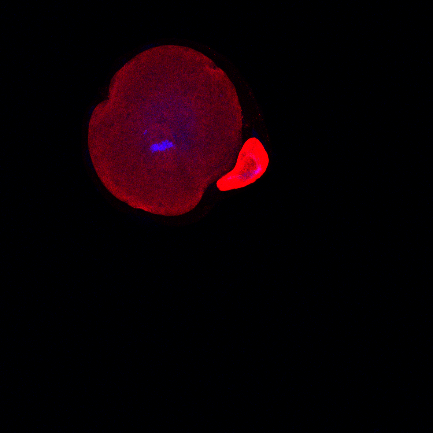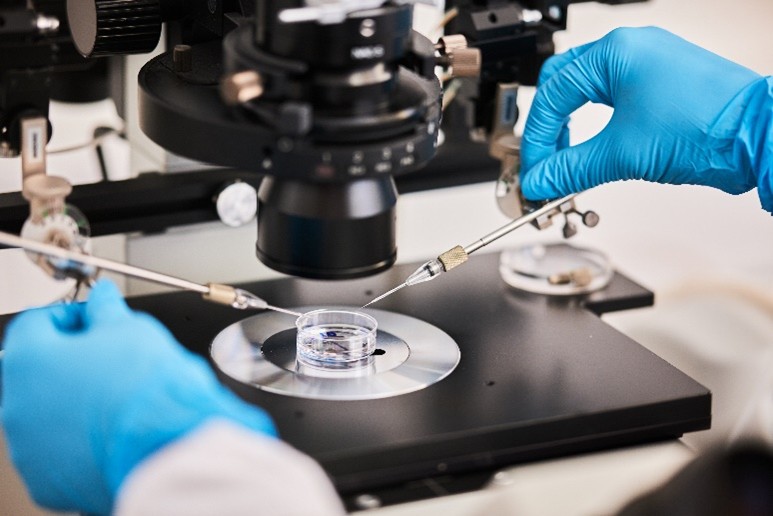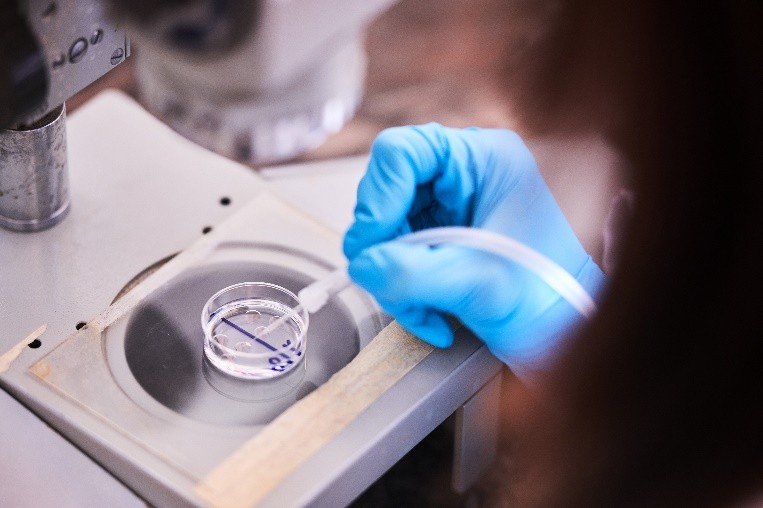
Modern approaches to the treatment and regeneration of female germ cells.
Contact: Helena Fulková
Modern approaches to female germ cell therapy
The biological clock is ticking, and the aging process, which is inherent in all organisms, cannot be stopped. Thanks to modern medicine and the increasing economic standard, contemporary society is undergoing a demographic transformation characterized by a rise in average life expectancy. The age of parents is increasing. At the same time, however, the birth rate is also decreasing among younger couples. The result is the aging of the population as a whole, which represents one of the main challenges of the present.
For women who experience problems in the field of reproduction, frequently the only option at present is the use of donor oocytes. However, this situation is neither satisfactory nor sustainable in the long run, and from the point of view of modern cell therapies. The goal of modern research in the field of reproduction is thus:
- the development of complex cell therapy schemes to replace dysfunctional cell structures of the oocyte to ensure proper embryo development,
- replacing or reducing the need for donor eggs, i.e., deriving female gametes completely in vitro.
In both cases, we have witnessed significant progress of the techniques in recent years, particularly in the model organism, the laboratory mouse. Its use allows not only the development of new approaches, but also the testing of their effectiveness and safety. For example, in 2012 and 2013, it was possible to derive oocytes from somatic cells in this species, i.e., completely in vitro. Although these results are unique, from the perspective of safety and current knowledge, it is not yet possible to apply a similar procedure to humans, as the signaling pathways and processes leading to the formation of fully functional oocytes have not been fully mapped. On the other hand, other progressive approaches have the potential to combine patient oocytes with donor oocytes. These approaches are based on the transfer of genetic material between oocytes to replace defective cell structures. So far, these techniques have only been approved for use in human assisted reproduction to a limited extent and only in some European countries. The reason for this is, in some cases, a lack of information about possible risks and ineffective selection of embryos for transfer. In connection with other partner institutions, our topic aims to systematically map possible approaches to cell therapy of oocytes, in terms of their effectiveness and safety. The overall goal of the program is to create a comprehensive portfolio of therapeutic methods with a connection to human assisted reproduction.
Within the research topic, we plan to use model organisms, at an age corresponding to 20-30 years in humans (mice aged 3-6 months) and 38-47 years (10-14 months). In the selected cell therapy procedures, it is necessary to take into account the fact that oocytes, like all other cells, are multi-component systems, where the nucleus and cytoplasmic components interact. In most cases, it is therefore not possible to separate the influence of the nucleus and cytoplasm on developmental failure. From the perspective of the future use of artificial gametes, it is necessary to map the extent to which the nucleus, or conversely, the cytoplasmic structures, are crucial for maintaining the developmental potential of the embryo.
At the same time, our topic also focuses on developing new in vitro culture conditions to maximize the developmental potential of embryos in the older age group. Our results so far indicate that altering the culture conditions can alleviate several problems observed in oocytes of this age group.


Figure1: Micromanipulation techniques have opened up the possibility for many couples to have their own children. However, current procedures are sometimes not enough, which is why we are developing new safe technologies as part of the program.






